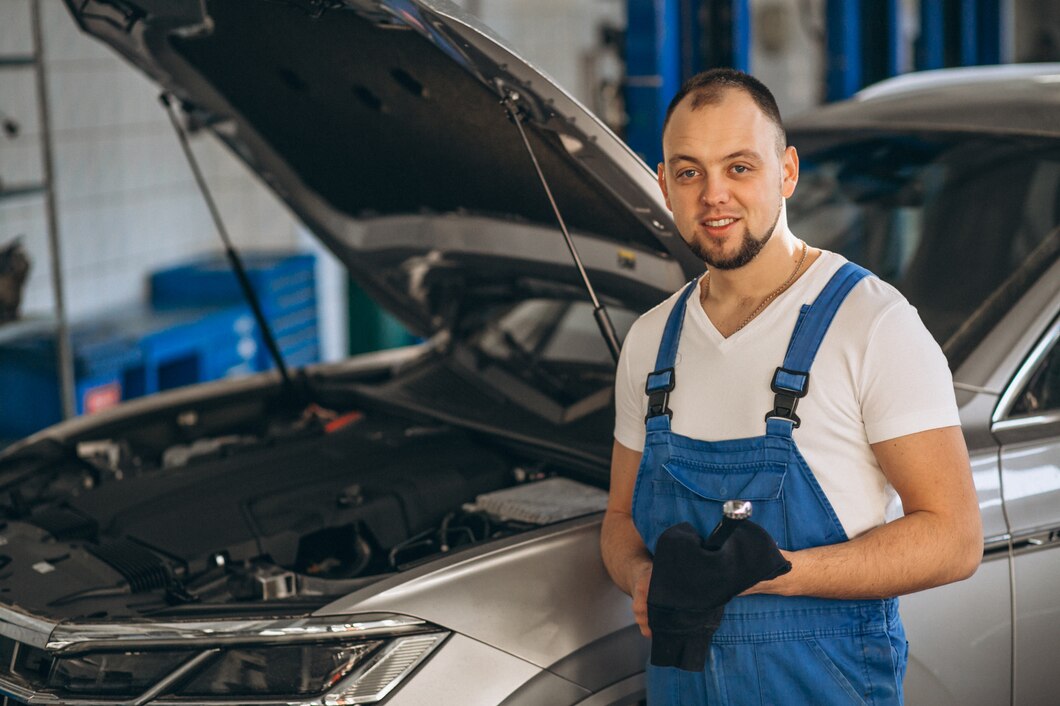High mileage cars, defined typically as vehicles that have accumulated over 100,000 miles (160,000 kilometers), often require specific maintenance and repairs due to wear and tear over years of use. While well-maintained vehicles can still be reliable at high mileages, certain components tend to require attention more frequently. Here’s an overview of common repairs needed for high mileage cars:
1. Engine Components:
- Timing Belt/Chain: Replacement intervals vary by manufacturer but generally range from 60,000 to 100,000 miles. A failing timing belt or chain can cause severe engine damage if not replaced in time.
- Oil Leaks: Older seals and gaskets can deteriorate, leading to oil leaks. Addressing leaks promptly prevents loss of lubrication and potential engine overheating.
2. Transmission Issues:
- Transmission Fluid: Regular fluid changes are crucial to maintain smooth shifting and prevent premature wear. High mileage can accelerate fluid breakdown, leading to transmission slippage or rough shifting.
- Clutch Replacement: Manual transmission cars may require clutch replacement due to wear on the friction surfaces.
3. Suspension and Steering:
- Shock Absorbers and Struts: These components wear out over time, affecting ride comfort and handling. Signs of wear include excessive bouncing or uneven tire wear.
- Ball Joints and Tie Rod Ends: High mileage can cause these components to wear out, leading to loose steering or suspension noise.
4. Brake System:
- Brake Pads and Rotors: High mileage cars typically require more frequent replacement of brake pads and possibly rotors due to normal wear and tear.
- Brake Fluid: Regularly flushing brake fluid ensures optimal braking performance and prevents corrosion within the braking system.
5. Cooling System:
- Radiator and Hoses: Over time, radiators can develop leaks or become clogged, while hoses may deteriorate and need replacement. Maintaining proper coolant levels and regular inspections are essential.
- Water Pump: The water pump circulates coolant through the engine. High mileage can lead to wear on the pump’s bearings or seals, necessitating replacement.
6. Electrical System:
- Battery: High mileage can affect battery performance and lifespan. Replacing the battery when signs of weakness appear (slow cranking, frequent jump-starts) prevents unexpected failures.
- Alternator: Over time, the alternator may fail due to worn bearings or electrical component wear. Signs include dimming lights or battery warning indicators.
7. Exhaust System:
- Catalytic Converter: High mileage can lead to degradation of the catalytic converter, affecting emissions and engine performance. Replacement is necessary if it fails emission tests or shows signs of damage.
8. Fluid Leaks and Seals:
- Oil Seals and Gaskets: Aging seals and gaskets may develop leaks, requiring replacement to prevent oil or coolant loss. Regular inspections help detect leaks early.
9. Fuel System:
- Fuel Pump: High mileage can strain the fuel pump, leading to reduced efficiency or failure. Symptoms include engine sputtering, difficulty starting, or reduced fuel economy.
10. Exhaust Emissions System:
- Oxygen Sensors: These sensors monitor oxygen levels in exhaust gases, affecting fuel efficiency and emissions. Over time, sensors can become less responsive, leading to poor engine performance or increased emissions.
Owning a high mileage car involves proactive maintenance and periodic repairs to ensure continued reliability and performance. Regular inspections, timely fluid changes, and addressing minor issues promptly can extend the lifespan of components and reduce the likelihood of major repairs. By understanding common repair needs for high mileage cars and staying attentive to maintenance schedules, owners can enjoy their vehicles for many more miles to come.











